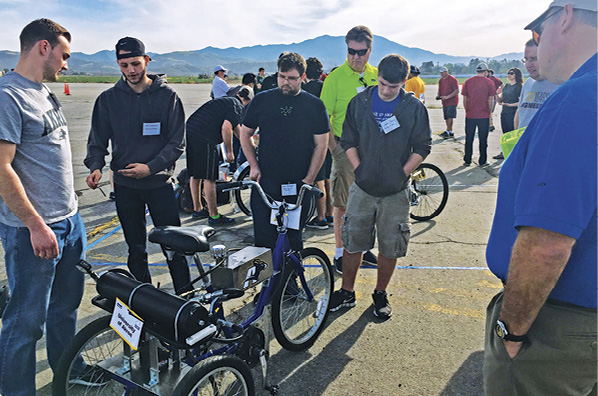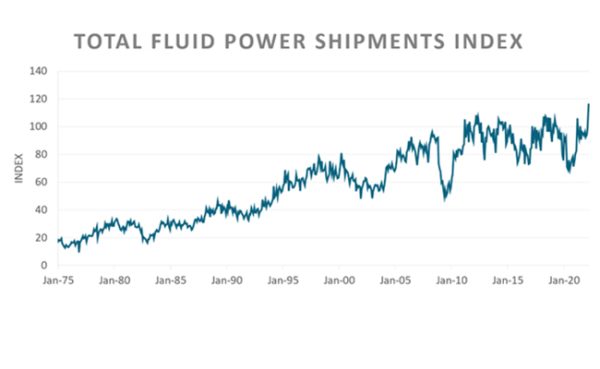Consortium Outlines Ways to Improve Fluid Power Product Manufacturing
By Eric Lanke, CEO, NFPA

NFPA is participating in something called the Fluid Power Advanced Manufacturing Consortium. It’s a new collaboration between the NFPA, the CCEFP, the Association of Manufacturing Technology, and the Oak Ridge National Laboratory to advance fluid power manufacturing in the United States, and it’s the result of acquiring more than $400,000 in grant funding from the National Institute of Standards and Technology (NIST).
The first project of the Consortium will be to define a fluid power manufacturing roadmap. This roadmap, like the Technology Roadmap NFPA completed and published a few years ago, will focus on identifying the areas of pre-competitive research that are needed to advance fluid power technology in the United States. But unlike our existing roadmap, which focuses primarily on improving design and performance characteristics of our components and systems, the fluid power manufacturing roadmap will focus on improving the mechanisms and methods for manufacturing our components and systems.
A kick-off session for the Consortium to begin working on this new roadmap was held July 28-29, 2015 on the campus of Georgia Tech, and more than 40 industry professionals and academics attended. The objectives of the session were straightforward:
- Identify what customers of fluid power products want to accomplish to improve their competitiveness.
- Describe emerging manufacturing technologies to improve fluid power manufacturing.
- List fluid power manufacturing capabilities that address customers’ competitiveness.
We used a series of breakout sessions to discuss all three objectives, one breakout each for hydraulics used in mobile applications, for hydraulics used in industrial applications, and for pneumatics, and then came back into general session to report out and look for areas of commonality.
One of the most interesting outputs was the list of emerging manufacturing technologies the group thought could be better utilized to improve the manufacture of fluid power products. Those recommendations included
- Coatings that improve performance (durability, enhance load bearing, etc.)
- Real-time, in-process sensing, feedback and control
- New, disruptive materials and their processing
- Metrology
- Integrated, batch-free heat treating
- Direct metal additive manufacturing
- Robotics for small-batch assembly and manufacturing
- Manufacturing-inspired design practices that better leverage all of the above
Each of those bullet points, and the conversations they represent, just scratched the surface on possible applicability to the manufacture of fluid power products and the resulting competitive advantages that they might bring to the manufacturer and to the manufacturer’s customer. They have been vetted enough, however, to move to the next stage in the roadmapping process, which is to develop a more detailed “innovation scorecard” for each of these emerging technologies, more explicitly stating the potential benefits and barriers associated with applying each to fluid power manufacturing.
That’s something we didn’t plan to accomplish at the Georgia Tech meeting. Instead, we put together small project teams to work on those scorecards over the next several weeks, all with the intent of presenting and discussing them at a future roadmapping session—tentatively scheduled for February 2016, again at Georgia Tech.
We’re still looking for people with the appropriate expertise, especially in the areas described above, to join these project teams and to become participating members of the Consortium. If you or someone you know might fit that bill, please contact me at the NFPA office.
As I’ve stated before, this Consortium and the roadmap it is creating is a VERY BIG DEAL for our industry and our association. The NIST grant that’s funding it is tied to several of the broader manufacturing improvement initiatives of the federal government. That means that, once identified, the roadmap recommendations for how to improve the manufacture of fluid power products have a greater likelihood of attracting significant research dollars from multiple branches of the U.S. government. Incorporating the roadmap results into the overall research strategy of the CCEFP will therefore not only help us grow that network of fluid power researchers and educators, but it will also provide an added industrial and manufacturing focus to those activities.






